It’s no secret that Ethiopia is blessed by mother nature. The country has a diverse display of topographical wonders, lush vegetation and wildlife almost second to none.
With its numerous natural wonders, Ethiopia is definitely a showstopper and these locations are the reasons why;
The Sof Omar Cave
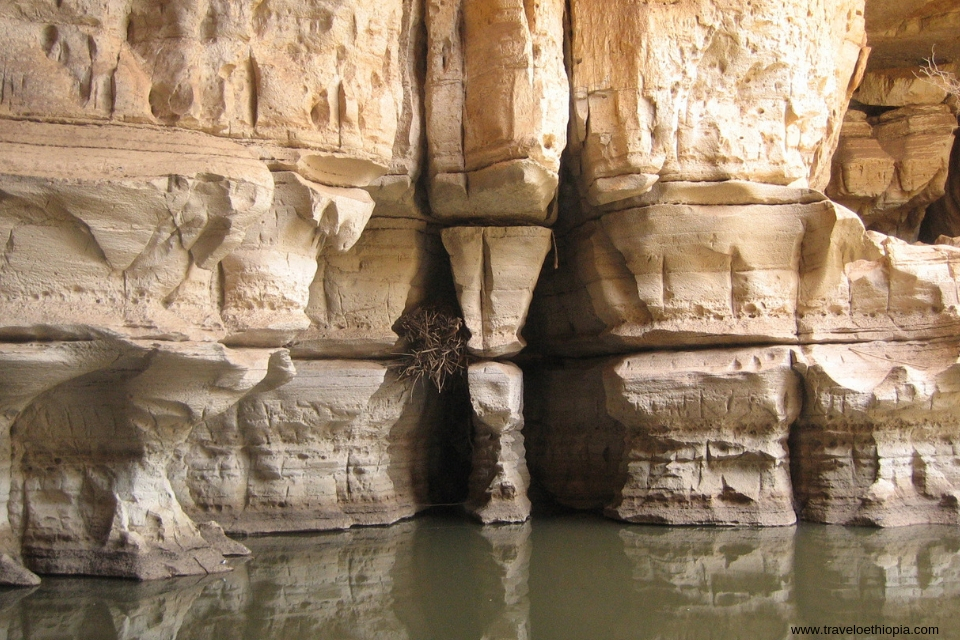
Nestled in a tiny Muslim village, the Sof Omar caves are one of the country’s hidden jewels.
Located to the east of Robe, in the Bale Zone of the Oromia Region in southeastern Ethiopia, the caves are a complicated labyrinth of fascinating arched ceilings, echoing chambers and incredible high eroded ceilings.
The network of caves is a feast for an explorer’s mind. Armed with torches, a guide or a map, a tour through the caves could be your own little Indiana Jones moment.
The sight of the Wab River cutting through the cave adds another depth to the experience. You can visit anytime except August and October. This is because in these months the flood waters are high and the caves are inaccessible.
Blue Nile Falls
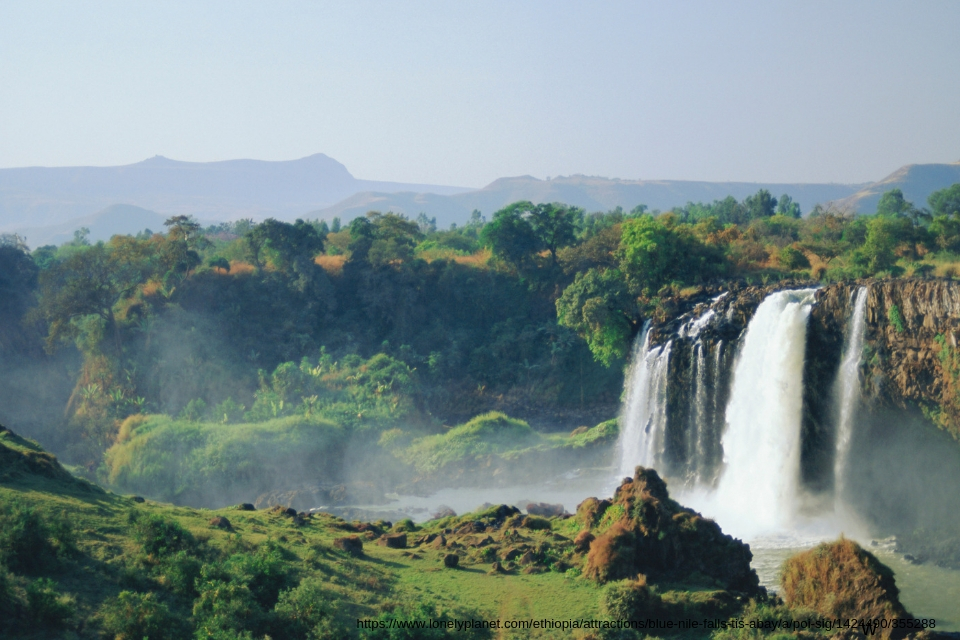
Tis Ishat is another name for the Blue Nile Falls. It is known as the smoking river because its streams of water move so fast, water droplets bounce off the surface of the river creating the illusion of smoke.
It is located on the upper course of the river Nile, about 30 km downstream from the town of Bahir Dar and Lake Tana.
At an impressive four hundred meters wide during peak raining season in September, Blue Nile Falls is a show stopping display of one of nature’s most powerful forces, water.
There are tours arranged on jeeps or on foot. If you are thinking of hiking from the bottom of the hillside to the top where the Blue Nile Falls is best visible, be warned it is a strong fifteen minute hike. The best time to visit is in September at the peak of the raining season.
Lower Valley Of The Awash
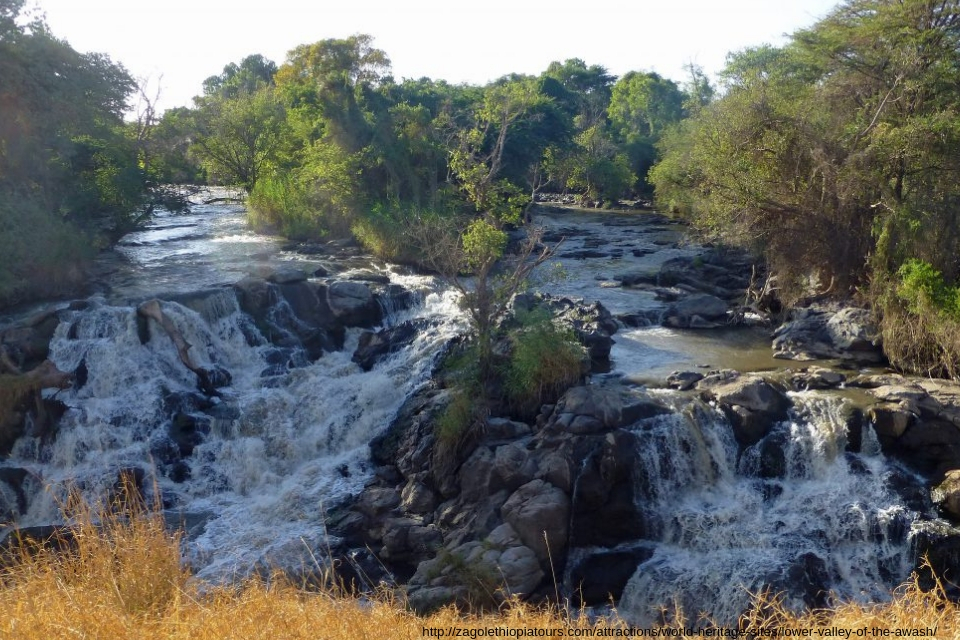
Located at the north-eastern end of Africa’s Great Rift Valley, near Ethiopia’s border with Djibouti, this is a huge paleontological and historical place teeming with evidence and discoveries of the early men. It covers an area of a hundred and fifty kilometers with skeletal structures as old as four million years.
It was also the site that provided enough skeletal fragments to create “Lucy” an Australopithecus Afarensis, an early human ancestor. It is also a great spot to watch hyenas.
There are car rides through the valley, with opportunities to get up close and personal with paleontologists and wildlife. You can visit all year round, preferably in the mornings.
Lake Tana

Located in Amhara Region in the north-western Ethiopian Highlands, Lake Tana is the source of the Blue Nile and is also the largest lake in Ethiopia. Most of the wildlife in this area are actually unique to the lake.
With unique aquatic life sustaining the tribe that lives on its shores, Lake Tana is the perfect example of how humans and nature can co-exist side by side without hurting the environment.
It is a registered UNESCO biosphere reserve for exactly this reason. For the traveller, visiting this site gives the opportunity to rent a boat and explore the lake.
Dotting the lanes are historical churches that have survived for centuries with their unique design. These can also be easily explored on foot, if a scenic ride on a boat isn’t convincing enough. The best time to visit is September.
The Rift Valley
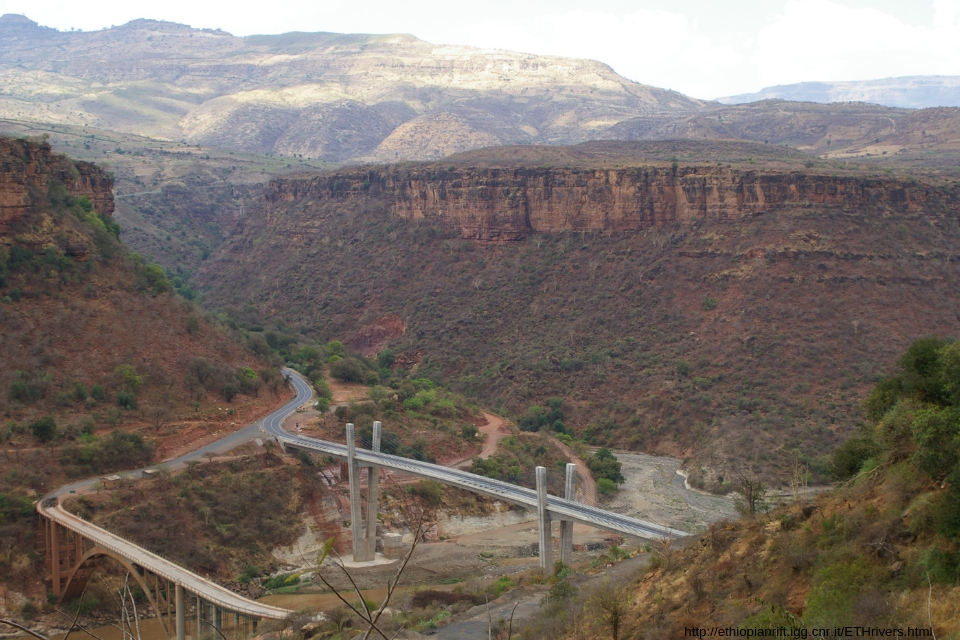
The Rift Valley in Ethiopia is a branch of the East African Rift that cuts through Ethiopia in a southwest direction from the Afar Triple Junction. It comprises of hot springs, lakes and amazing wildlife.
The valley was created as a result of a rift in the earth’s crust. The Rift Valley has about seven lakes. Each lake has unique features as well as endemic wildlife. The hot springs are rumoured to have chemical reactions that are soothing and therapeutic for you.
If sightseeing isn’t enough, most of the lakes allow swimming, water sports of all kinds, while Lakes Shalla and Abiata are ideal spots for bird watching. The best time to visit is September to October.
The Danakil Depression
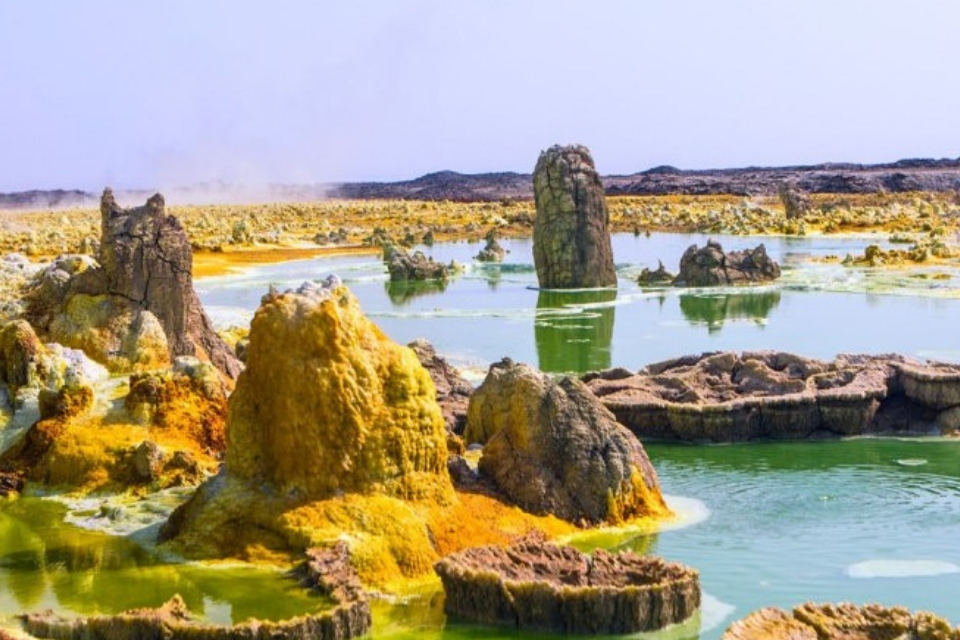
This site is not for the faint of heart. The Danakil Depression is at the edge of the Rift Valley. It is a desert region in the Afar region of northeastern Ethiopia. It is basically a melting pot of hot lava spilling out in colourful splashes.
The heat of the lava lake feeds sulfuric springs which gives a brilliant technicolor landscape of incredible blues, greens, and browns. The Danakil Depression is actually one of the lowest points on earth, beneath sea level, not covered in water.
The best time to visit it is when it is coolest between November to early January as it’s one of the hottest places on earth. There are tours organised into this remote area.
Bale Mountains

Located in the Oromia Region of southeast Ethiopia, the Bale Mountain National Park is one of those landscapes that keeps you guessing. From volcanic peaks, to glacial lakes to swamps, it’s not a place that runs out of things to show you.
The park is rich in birds and endemic animals like the Nyala. It also has all the levels of vegetation from grasslands to thick forests.
You can either explore the park on foot with a guide or on horseback. The best time to visit the park is November to March but be prepared as the nights can get to below freezing temperatures.
Simien Mountains
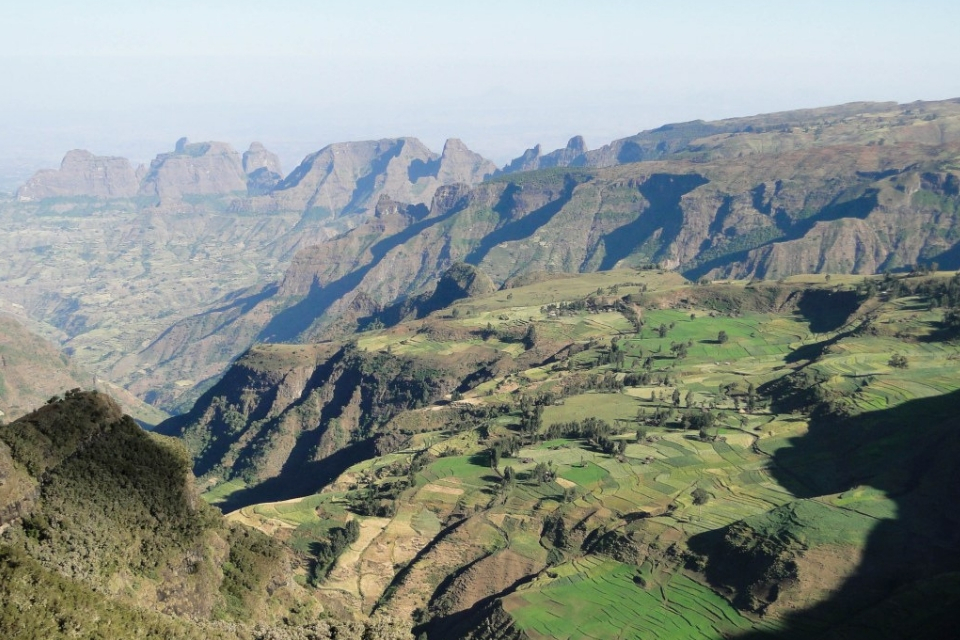
A land shaped by nature, the Simien Mountains is a breathtaking visual delight located north east of Gondar in Amhara region. It’s highest point reaches about 3600 metres above sea level, a dizzying combination of high peaks, swooping valleys, deep gorges and some of the most unique vegetation and wildlife you will ever see.
Vegetation like the Erica tree and species like the ibex, Simien wolf and Geleda baboon are endemic to this area. The best time to visit the mountains are from September to November after the summer rains.
These seasons give a great view of lush vegetation. There is no shortage of things to do with organised tours lasting up to two weeks, as well as treks and hiking options for the more adventurous soul.
What do you think of our bucket list of must see natural sites of Ethiopia? There is no better way to describe them. You must experience them yourself. Start planning your trip right away.
Check out some of our tours that include these natural sites:
- 5 Days Danakil Depression Tour
- 12 Days Awash Danakil Depression Lalibela
- 13 Days Adventure to the Semien Mountains
- 16 Days Explore Semien Mountains with Lalibela
Learn more about tours and travel Ethiopa now!










